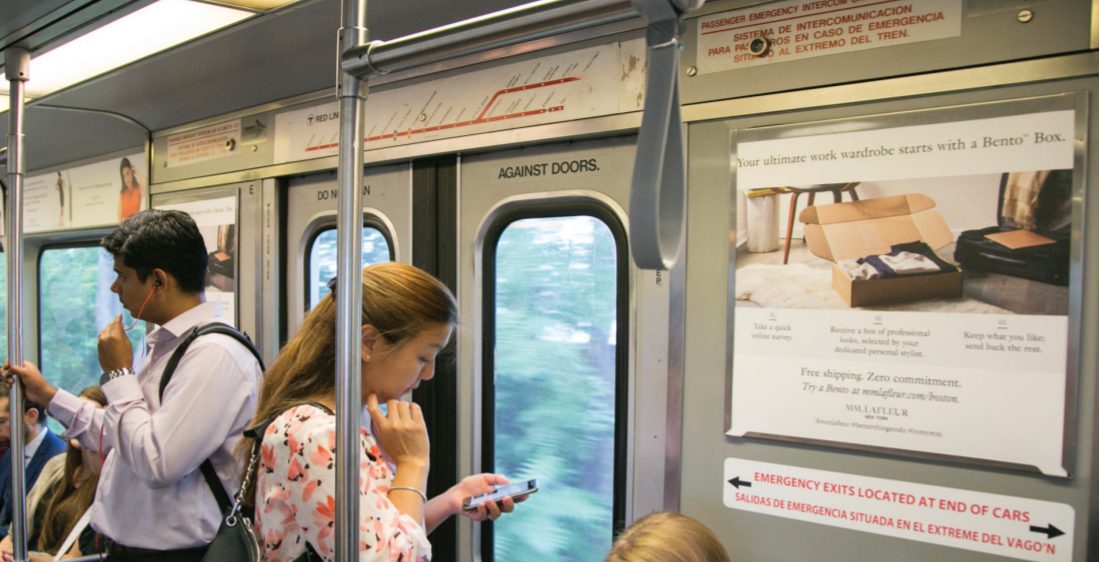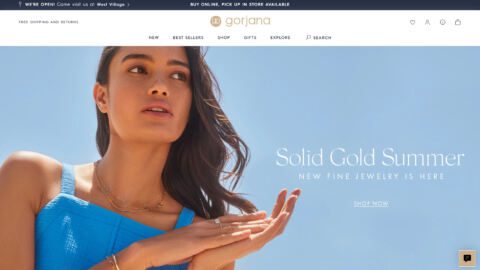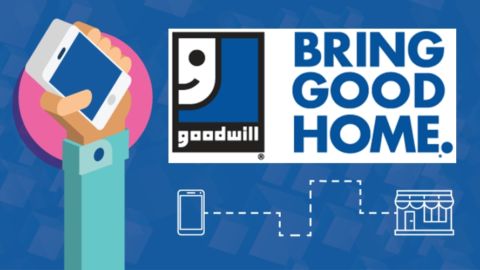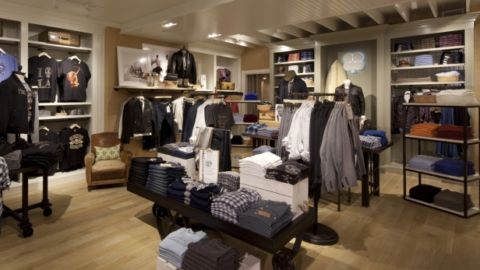Generating brand awareness and driving customer acquisition can be a challenge, especially when trying to attract an on-the-go, urban consumer who doesn’t always have time to stop and seek out new brands. But MM.LaFleur, a retailer that sells women’s professional attire, discovered a very efficient method to get its message out to potential shoppers — the subway.
After launching a four-week out-of-home (OOH) campaign with OUTFRONT Media, MM.LaFleur saw branded search spike to 170% over the pre-campaign average in Boston and 140% in New York City. The increase in branded search activity occurred in each city during its respective campaign.
The campaign took over 619 of OUTFRONT Media’s half-brand subway train ads in NYC and 65 in Boston, featuring plus-size model Clementine Desseaux and images of a curated work wardrobe alongside the company’s tagline, “Take the work out of dressing for work.” Different ads included humorous phrases designed to be relatable and approachable for the shopper, such as:
Advertisement
“Samantha had to laugh when she read the headline labeling her former boss as a visionary. ‘The guy who always put aluminum foil in the microwave?’ asked James. ‘That’s the one.’”
“The message that you’re interested in on a subway is different than the message you’d be interested in when you’re sitting on your couch reading your iPad.” said Jen Braunschweiger, VP of Brand Marketing at MM.LaFleur in an interview with Retail TouchPoints. “The subway campaign was fun, it was irreverent, and that’s how we wanted to talk to her on the subway, which can sometimes be a miserable experience.
“The sense of humor and the irreverence of the subway ads were successful for us because they connected with our customer, they helped her understand who we are and it makes her laugh,” Braunschweiger added. “We talk to our customers all the time through our different sales channels, whether it’s the web site, our showrooms or when we survey them to curate Bento Boxes. We have an incredibly active expert styling group on staff to provide solutions for her. Understanding our customers is not a one-and-done.”
MM.LaFleur chose Boston and New York for its OOH campaign because the company had retail locations in those areas; two showrooms in New York City and a pop-up shop in Boston. The retailer partnered with Good Apple Digital to determine the effectiveness of its OOH campaigns. The Good Apple Harvest multi-channel attribution methodology tracked the train campaigns’ ability to drive brand searches, site visits and unique web visits. In September, the company ran a similar campaign in the Chicago subway system, but it has not yet revealed any results.
“No one sits still,” Braunschweiger said. “We’re always coming up with new ways to continue to surprise and delight the shopper. It’s not about coming up with one idea and sticking with that forever. It’s about reaching our customer where she is, or talking to her about where she’s spending her day, how she’s spending her day and in what context would she be interested in our advertising messages. What kind of message does she need at that moment of her day?”
Leveraging The Benefits Of OOH Advertising
The OUTFRONT team pushed for an OOH campaign in part because they believed this advertising method would reach mobile consumers, according to Valerie Vespa, VP of Client and Agency Partnerships at OUTFRONT. Additionally, with a dwell time of anywhere between five to 45 minutes on the subway, potential shoppers would gain much more exposure to the ads than they would in other media, especially if mobile service is down.
“We’ve found a direct correlation between OOH having an impressive priming effect on all things mobile,” Vespa said in an interview with Retail TouchPoints. “Whether it’s via social posts, search or purchase behavior, we’re seeing those connection points converge nicely. Commuters ride the subway five days a week, so there’s a potential to see an ad twice a day in an environment where it’s disruptive, but not really interruptive, to the consumer’s day-to-day, and it provides value to them.”
In addition to the OOH campaign, MM.LaFleur ran targeted campaigns on search, social, podcasts and YouTube video ads. However, markets where the OOH campaign did not run did not experience similar lifts in performance.















